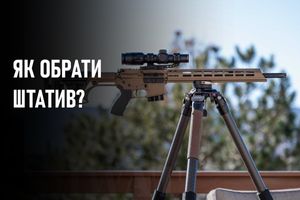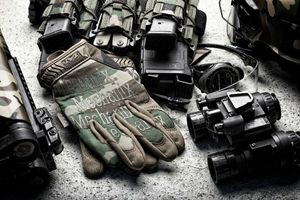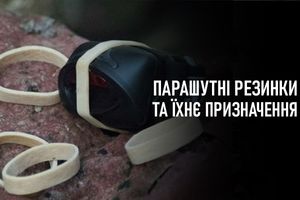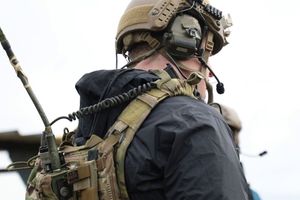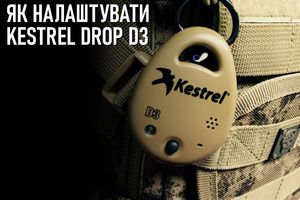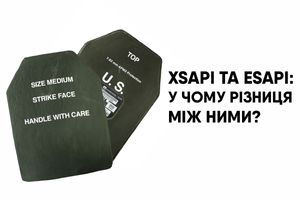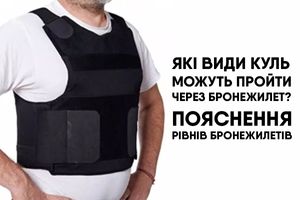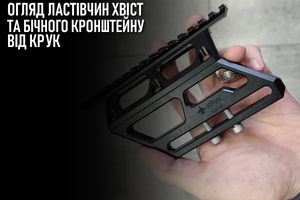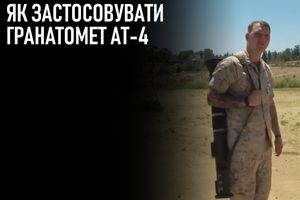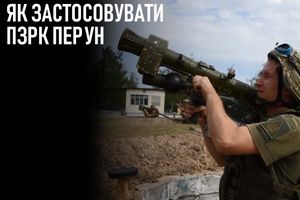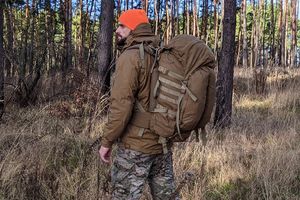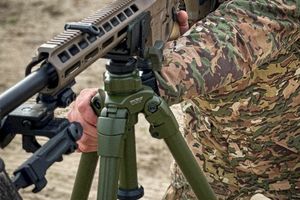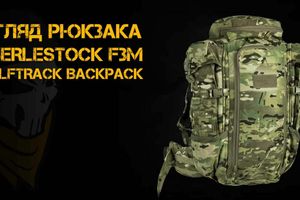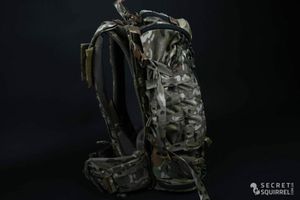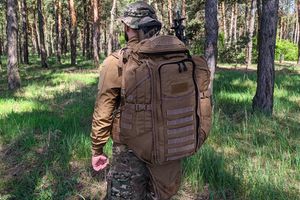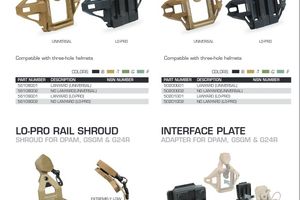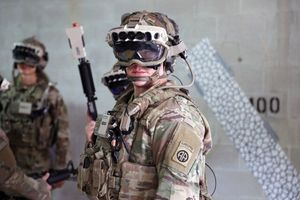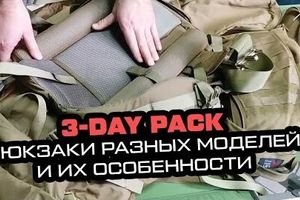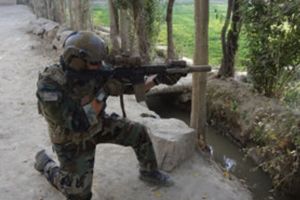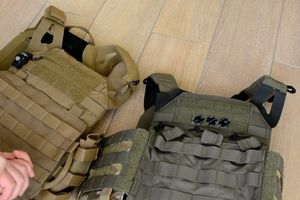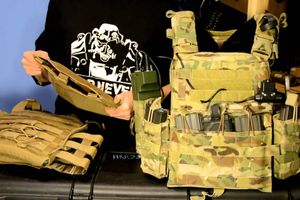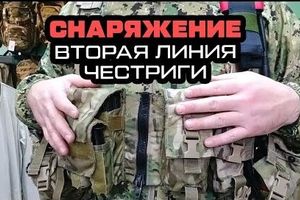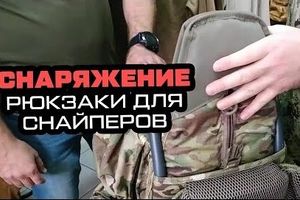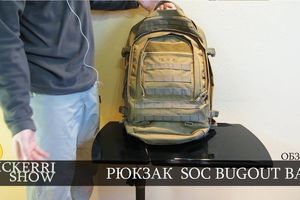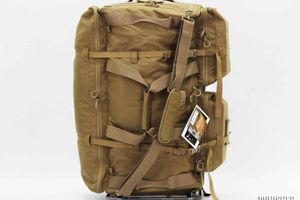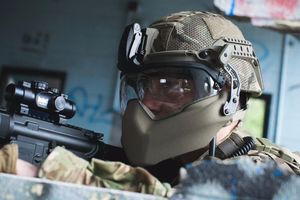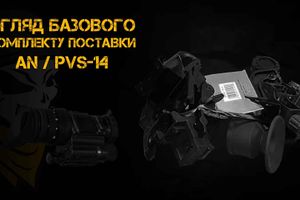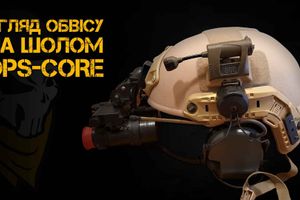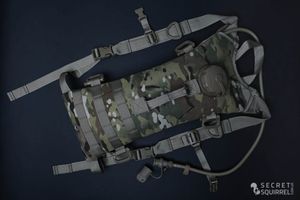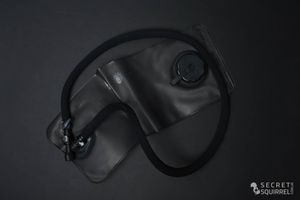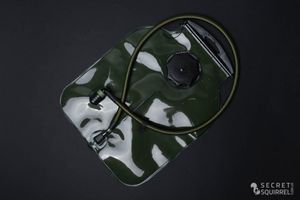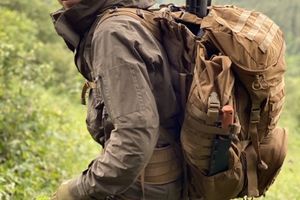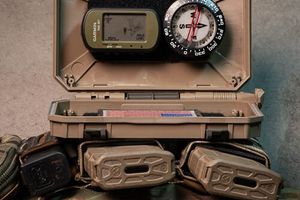When choosing a tactical backpack, there are two main points: the specifics of a particular fighter's activity, as well as the duration of a combat campaign or operation during which the backpack will be used.
With this in mind, backpacks are divided into three types: one-day, assault and raid.
Please note: there are no officially established names of types of backpacks, therefore, besides the above names, you may come across others, but this does not change the essence.
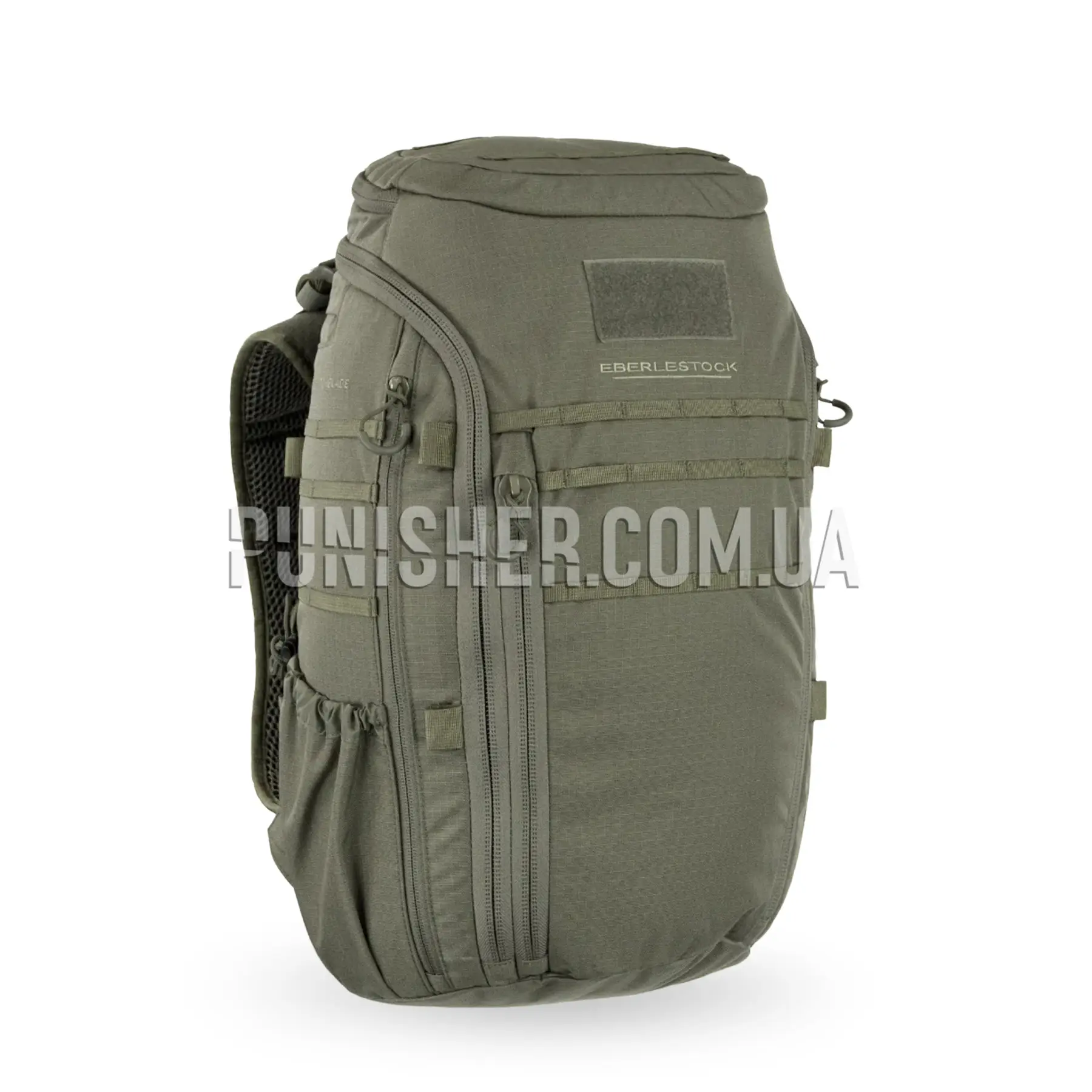
One-day-backpack
As the name suggests, this is a backpack designed for short field trips of up to one day. This is the smallest type of shoulder bag by volume — about 20 litres.
It should contain everything most necessary for a short period of time — food and water, a kit for cleaning weapons, basic medical supplies, etc.
In addition to tactical purposes, it is also a good option for tourist trips.
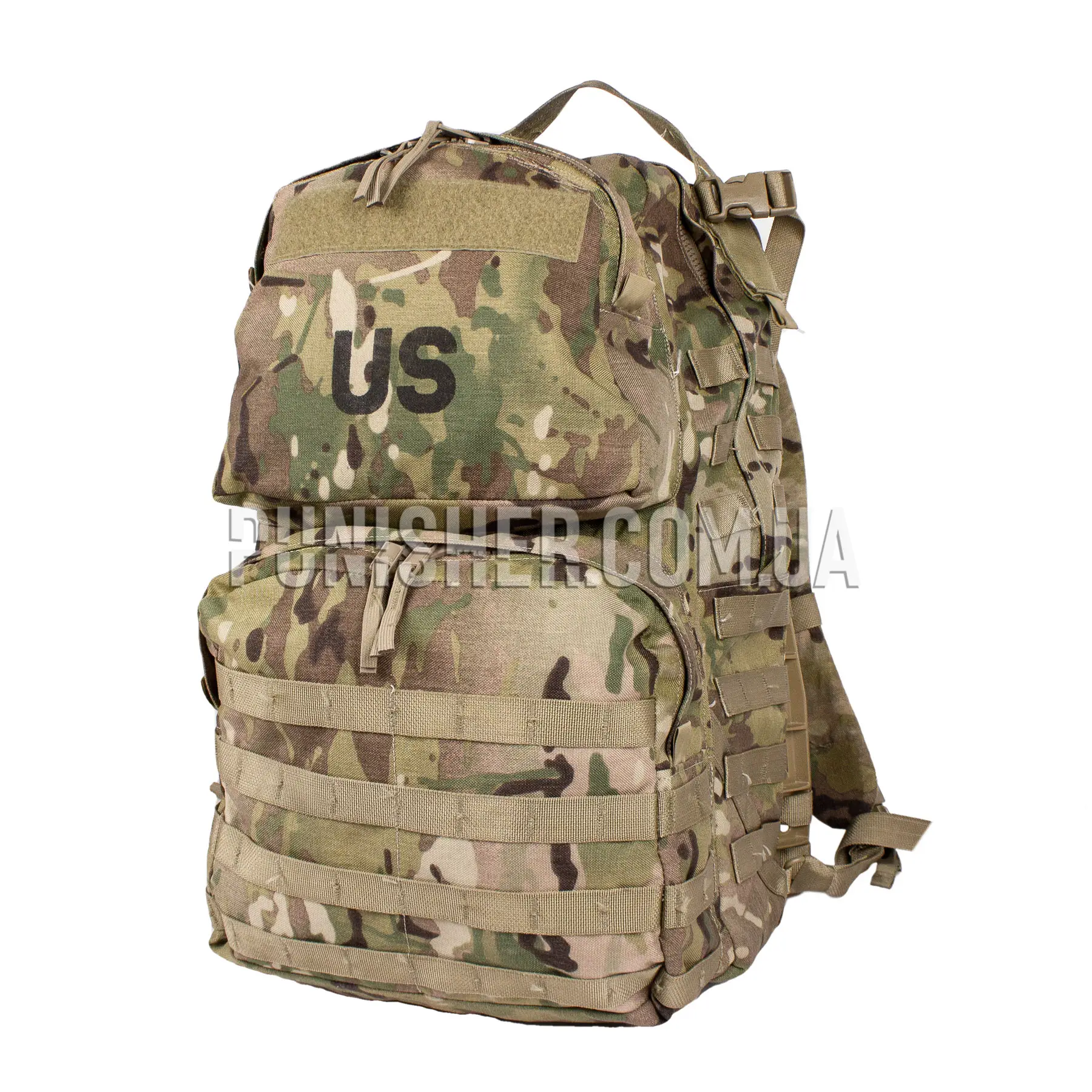
Assault backpack
The volume of such a backpack starts from 30 litres. It should contain all the necessary things that a fighter may need for three days. This is a proper supply of provisions, water, a spare set of uniforms, as well as equipment necessary for a specific combat mission. It can be equipped with holes for a walkie-talkie antenna or a hydrator tube.
Like a one-day-backpack, an assault backpack can be worn with body armour without any problems.

Raid backpack
A backpack designed for long hikes and operations of 5 days or more. Such a rucksack should accommodate the maximum amount of payload, including ammunition and equipment necessary for the mission.
Such backpacks are equipped with a rigid frame for even distribution of weight and a waist belt to avoid unwanted swaying.
The comfort and mobility of a soldier in combat and field conditions depends on the correctness of his choice. Knowing the tasks to be performed by the fighter, the approximate carrying weight and the duration of the combat sorties will help to choose the most suitable option for a particular soldier.
We recommend using our catalogue and choose the right backpack for you now.
During preparing the article, the materials from the site https://azov.org.ua/taktychnyi-rukzak/ were used.










































































































































